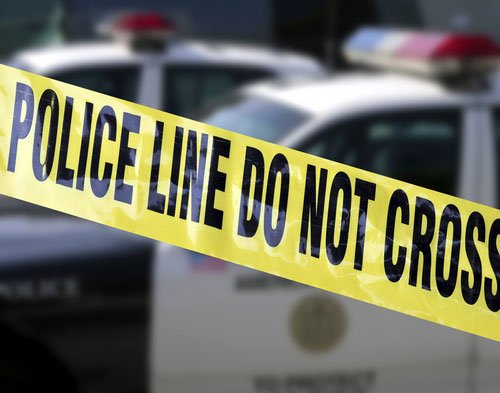Since July, 137 Chatty Cathys have been cited for running their
mouths on Gilroy roads.
Since July, 137 Chatty Cathys have been cited for running their mouths on Gilroy roads.
And starting Jan. 1, texting while driving will no longer be an option either, thanks to a bill authored by State Senator Joe Simitian (D-Palo Alto). The new legislation closes the loophole that left drivers free to text, but not to talk.
The Gilroy Police Department issued most of their tickets in July, immediately following the implementation of the law prohibiting drivers from using a hand-held cell phone while driving, and followed with another ticket push in October.
But aside from an anomalous spike in cell phone tickets issued in October *– 38 in total – the number of drivers caught talking on their phones has dwindled since the summer, according to GPD statistics.
Sgt. Jim Gillio said as more people become aware of the new law, they are making a concerted effort to free up their hands for driving – or better hide their habit. The police department, with only one designated traffic officer, can’t catch every talker, he said. Many drivers can spot a cop car a mile away and drop their phones to avoid a ticket, he said.
“Do you see anyone talking on their phone?” Gillio asked, pointing out the front window of his marked police SUV as he stopped at a red light on Leavesley Road. “They see us and get rid of it immediately.”
Morgan Hill police have cited 67 motorists for talking on their phones while driving, less than half as many as in Gilroy, and the California Highway Patrol cited 150 people in Santa Clara and San Benito counties for violations of the hand-held cell phone law as of Nov. 8, according to CHP spokesman Chris Armstrong.
The vast majority of alleged offenders are adults.
Adults may still drive and talk on the phone if they use a hands-free device, but minors are prohibited from using any wireless telephone, even with a hands-free device. The new texting law will prohibit all motorists from writing, sending or reading text messages or e-mails while driving.
Though talking while driving may have been dangerous before, it is now expensive too. First-time offenders of the cell phone law are required to pay a $94 ticket, according to Carl Schulhof of the Santa Clara County Superior Court. While the base amount for the ticket is only $20, the final price tag includes a variety of state mandated penalty assessments which produce funds that are divvied up among “all kinds of revenue distribution categories,” including EMS, the court, and municipal agencies, Schulhof said.
He said the formula that determines who gets what from each fine is “fairly complex,” and he did not know how much of the revenue local police departments would receive from each fine. However, he suggested the amount would be small after all the other agencies and departments take their cut.
With each subsequent violation of the hands-free cell phone requirement, the penalty assessments increase, and a second offense can result in a fine of more than $200, Schulhof added. Fines for texting will be similar.
Specifically exempted from the law are emergency service professionals who use a cell phone while operating an emergency vehicle. On-duty police officers are exempt from the hands-free law. Because one ear is plugged with an earpiece for the police radio, a Bluetooth device in the other ear would cause a distraction to their surroundings, Gillio said. Police officers are asked to limit their cell phone use as much as possible, he said.
Exceptions to the rule also include motorists making an emergency call or someone on private property. Also, drivers of tow trucks, school buses, tractor trailers and farm equipment may use the push-to-talk feature on some phones if the device is not held to the ear.















